Hospitals are bled dry as Sri Lanka’s economy implodes
For any doctor, losing patients is part of the job, but for Ajanthan Sivalingam it became unbearable when the newborn babies began to die.
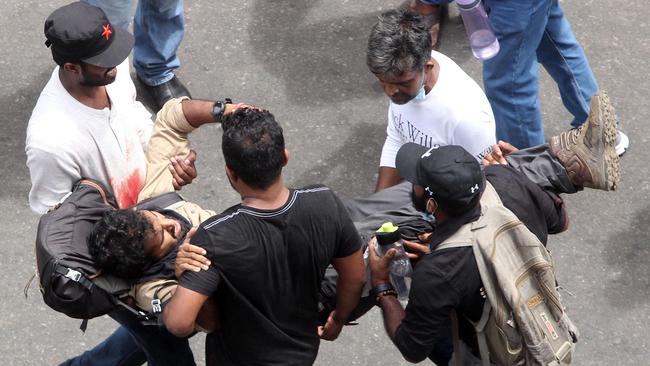
For any doctor, losing patients is part of the job, but for Ajanthan Sivalingam it became unbearable when the newborn babies began to die.
He is a heart specialist at the National Hospital of Sri Lanka, one of the country’s largest and most respected medical institutions. About three months ago he and his colleagues found that they no longer had the resources they needed do their jobs properly.
Simple equipment has run out and cannot be replaced. Basic drugs are unobtainable. Fuel shortages make it impossible for hospital staff to get to work.
So dire is the situation that Sivalingam has had to harvest a pacemaker from a dead body to save one of his patients, a woman of 84. Doctors and nurses are overworked and exhausted, patients are in despair and people with straightforward and treatable conditions are dying needlessly.
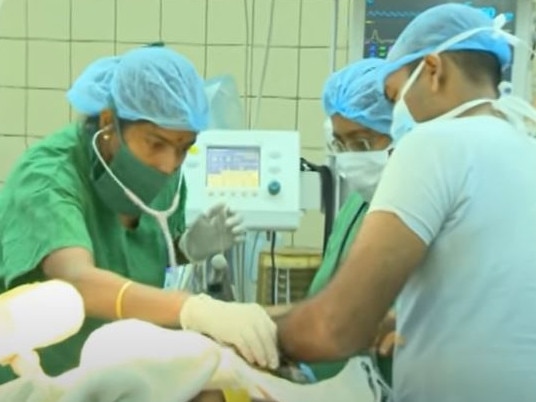
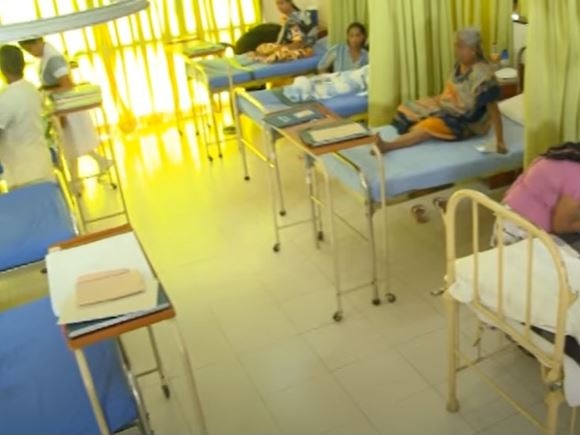
In the neonatal cardiology unit they found themselves without supplies of the tiny tubes used to help ailing newborn babies breathe. A lack of blood-thinning drugs put victims of one heart attack at risk of succumbing to another. Sivalingam saw a newborn die a few days ago of a lung infection that could have been treated with antibiotics.
“It’s agonising,” he said. “It’s something that we will carry with us for the rest of our lives. We have the skills and the personnel. We have the capacity. But we just don’t have the resources to save people. It’s tragic, it’s avoidable, and it’s difficult to forgive.”
This is the hidden side of the crisis that has exploded so spectacularly in Sri Lanka over the past week.
Last Saturday a vast river of protesters seized state buildings in Colombo, forcing the resignation of the country’s president, Gotabaya Rajapaksa, 73, who has since fled to Singapore.
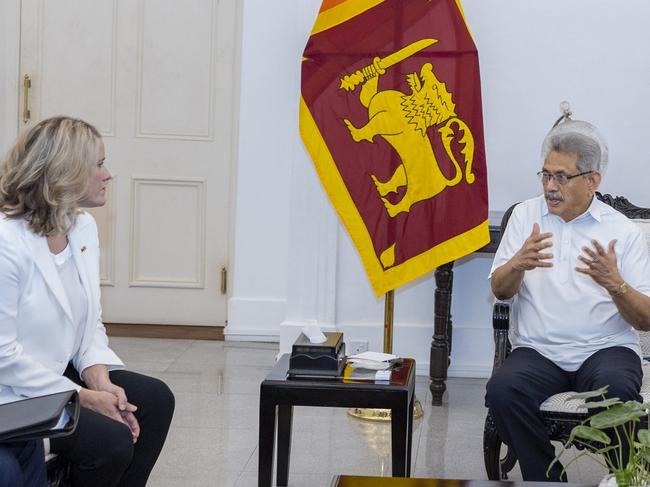
Jubilant Sri Lankans splashed in the swimming pool in his palace, posed for selfies in his office, and set fire to the home of his prime minister, Ranil Wickremesinghe, also 73, since confirmed as the new acting president.
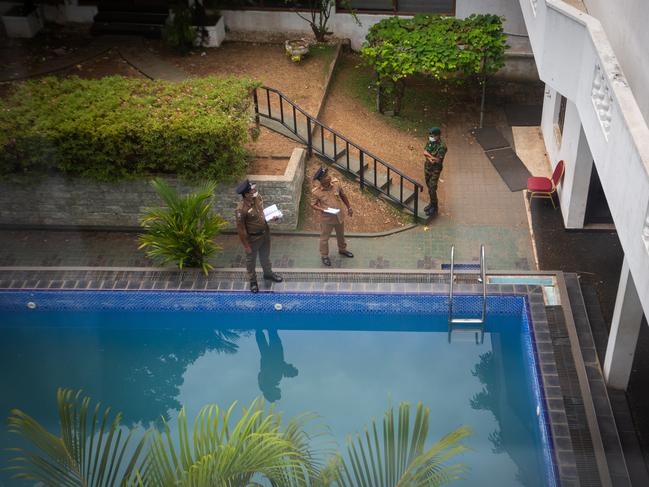
The speed, scale and largely bloodless character of the uprising took many people around the world by surprise – but it was the culmination of a slow, grinding economic collapse that has been building over many months.
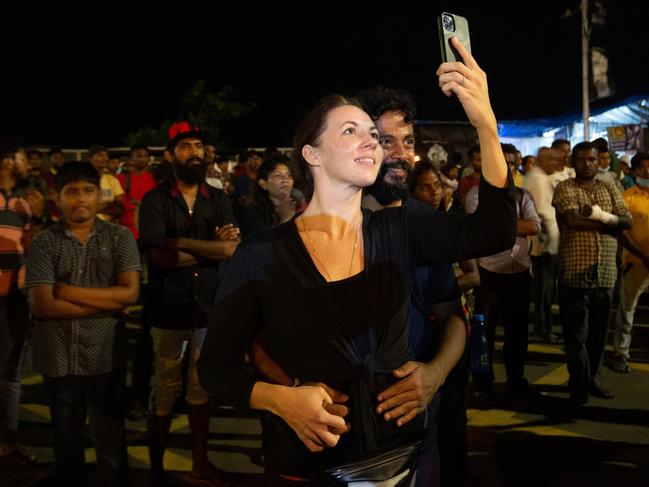
The most fundamental among the many shortages is energy: all over Sri Lanka drivers can be seen queuing for hours, sometimes days, to get a tank of petrol. There are daily power cuts, and the shortages have driven up the price of everything that depends on fuel, from truckloads of food to public transport.
“They send out the ambulances to pick up some doctors, to bring them to work,” said Mahendra Gunasekara, another cardiologist at the hospital. “But then those ambulances can’t pick up emergency cases.”
Three or four nurses out of 10 are absent from the cardiac emergency ward; those that remain are working 24-hour shifts, caring for twice the usual number of patients. The ward’s drug cabinet is half empty, a consequence of the effective bankruptcy of the government. Sri Lanka imports 85 per cent of its pharmaceuticals. The collapse of state finances and the local currency have made them unaffordable and the government has simply failed to secure supplies.
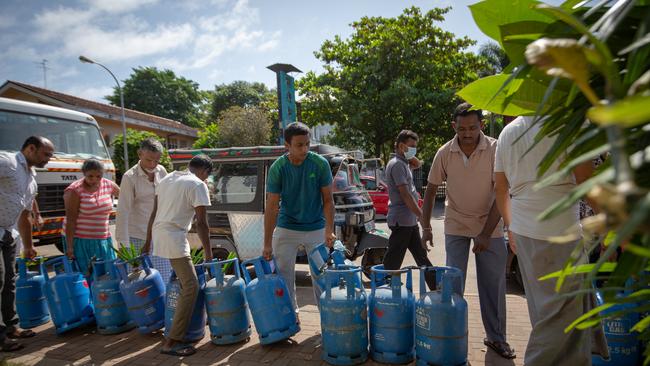
The country’s best heart doctors are forced to make compromises that would be unacceptable anywhere other than on a battlefield. The old lead-lined coats used by X-Ray technicians cannot be renewed, leaving the staff vulnerable in the long term to radiation-induced cancers. Tubes that would normally be discarded after use are sterilised and recycled, adding to the risk of infection.
The family of the 84-year-old woman were more than willing to accept a secondhand pacemaker: her heart rate had fallen to the dangerously low level of 23 beats a minute. They could, in theory, have bought a new one, but the cost of the device has tripled to 300,000 rupees ($1220).
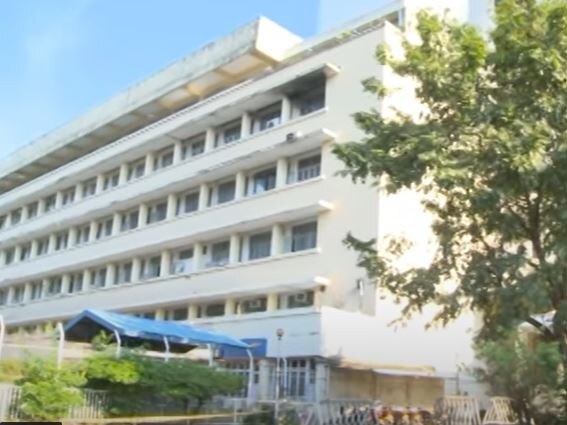
Sivalingam and his colleagues, like doctors seeking an urgent organ donation, searched for and secured the second-hand device. Washed and sterilised, its battery will last only two years rather than ten. But without it their patient would soon have died.
As in any crisis, the poor are worst affected. One of the orderlies who works on the cardiac ward earns $120 a month, and the cost of his monthly bus fares has doubled to $54. Instead, he cycles to work, a round trip of about 30km.
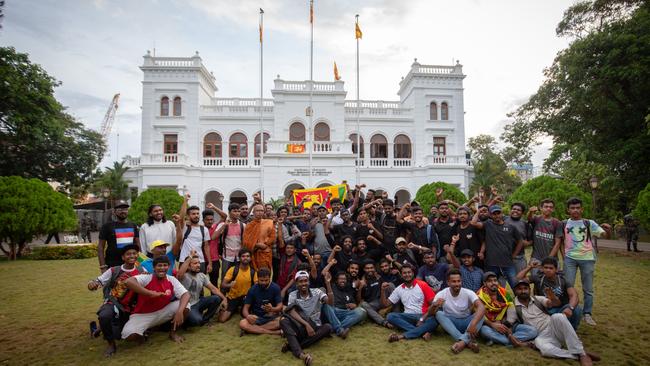
The movement against Rajapaksa is backed by engineers, teachers and doctors, whose aspirations have also been dashed.
“It is hurting the middle and upper classes as well,” says Gunasekara, who has joined the protests every day with his wife, a lawyer. “Our children are teenagers. We have been saving so that they can study abroad. Now our currency is worthless.”
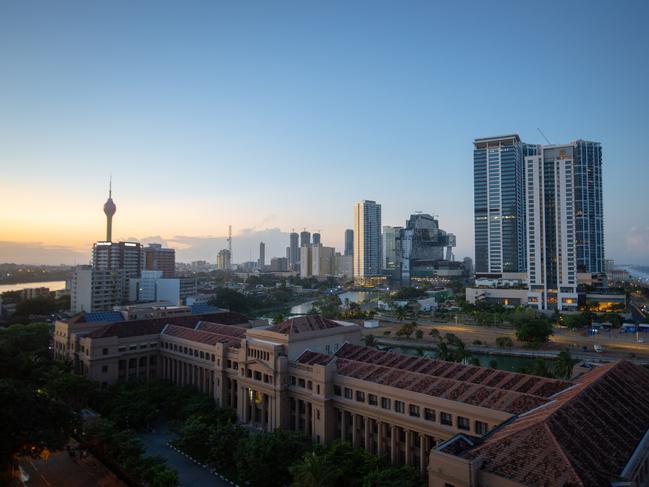
The expulsion of Rajapaksa, who finally quit late last week after fleeing to the Maldives and then Singapore, opens the way for change.
But even with a new government in place, possibly as early as next week, it will take months, probably years, to set Sri Lanka right.
“People look at this protest and say that few people have died,” said Gunasekara.
“But poor people are committing suicide in desperation. My patients are dying. You cannot even count the victims, and it is continuing every day.”
The Times



To join the conversation, please log in. Don't have an account? Register
Join the conversation, you are commenting as Logout